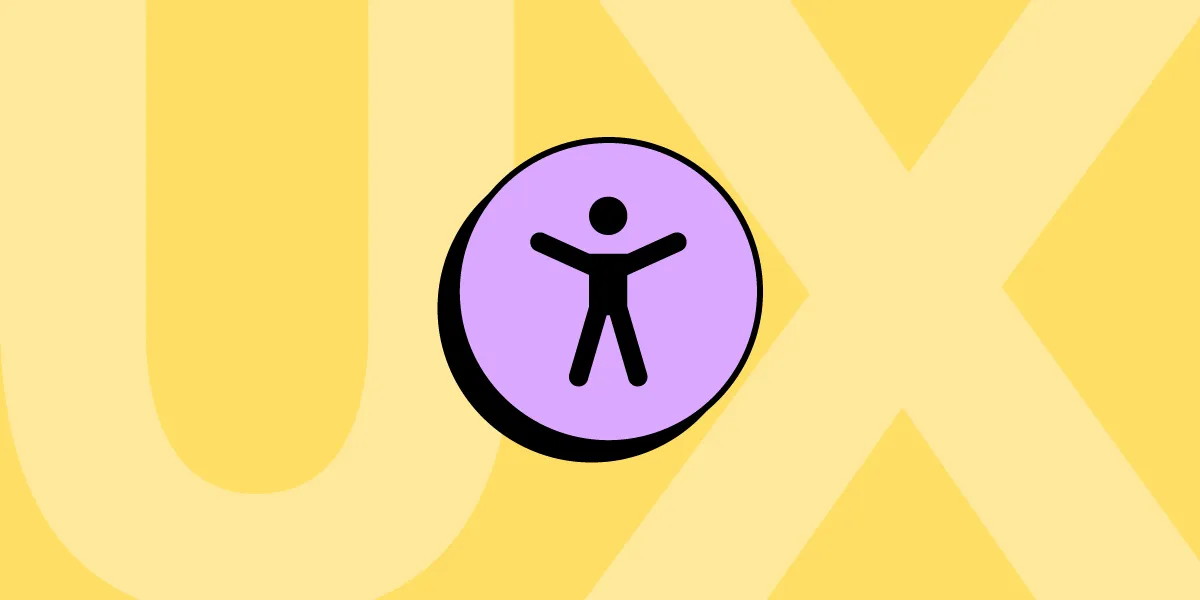User-Centered Design: Enhancing Accessibility in UI/UX for All Users
Inclusivity and openness have arisen as focal fundamentals of current plan, especially in the domain of UIs (UI) and client encounters (UX). Client focused plan, with a solid spotlight on openness, benefits people with inabilities as well as enhances the encounters of all clients by making connection points that are natural, adaptable, and obliging.
The Pith of Availability: Openness in UI/UX configuration guarantees that all people, no matter what their physical or mental capacities, can communicate with an application consistently. From clients with visual debilitations depending on screen perusers to those with engine impedances exploring through console orders, an open plan opens ways to a different client base.
Planning for Various Capacities: Client focused plan starts with recognizing the range of capacities and requirements that clients might have. It includes consolidating elements like text choices for pictures, adaptable text styles, and high variety contrast for better meaningfulness. Complying with web content openness rules (WCAG) is a central stage towards establishing a comprehensive computerized climate.
The Effect of Comprehensive Plan: Embracing comprehensive plan goes past consistence; it cultivates development. Consider voice orders, for example. At first intended for clients with restricted portability, they currently give accommodation to everybody. Inclusivity drives fashioners to think innovatively and push the limits of what innovation can propose to improve convenience.
Focusing on Compassion and Exploration: Making an available UI/UX starts with understanding the difficulties looked by clients with changed capacities. Leading client research, incorporating people with inabilities, gives experiences that shape the plan interaction. Sympathetic plan decisions, for example, giving clear route signs and keeping away from content that triggers seizures, make a more secure and more pleasant experience for everybody.
Versatility and Adaptability: An open UI/UX configuration isn’t around a one-size-fits-all arrangement. About making connection points adjust to clients’ requirements. For example, permitting clients to alter text dimensions, varieties, and difference settings engages them to tailor the application to their inclinations, improving convenience for everybody.
Determination: In a computerized scene where applications and connection points are universal, the standards of UI/UX configuration have risen above style and usefulness. They have become impetuses for commitment and inclusivity. By making points of interaction that are outwardly spellbinding, practically effective, and open to all, fashioners employ the ability to shape computerized encounters that leave an enduring effect on clients’ lives. Through these smart methodologies, UI/UX configuration turns into a conductor for significant associations, commitment, and strengthening.

